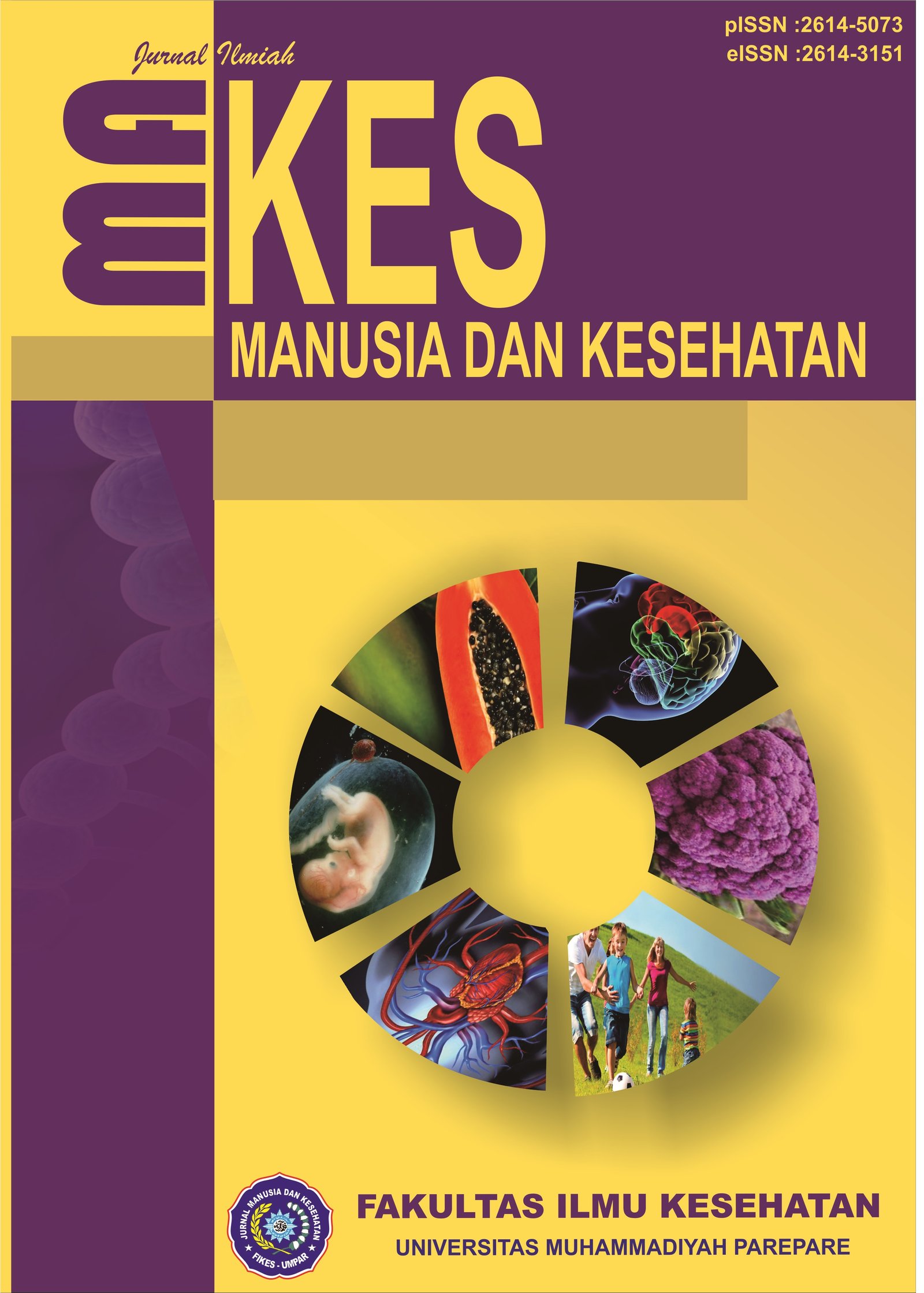Gambaran Profil Penderita Rinitis Alergi Pada Mahasiswa Program Studi Kedokteran Universitas Malikussaleh
Abstract
The increasing incidence and morbidity of allergic rhinitis cases are considered a global problem that also causes a significant economic and social burden and also affects the quality of life of sufferers. The characteristics and risk factors of allergic rhinitis patients are used to determine the control strategy of the disease. To identify the characteristics of respondents and the disease profile of allergic rhinitis in the Medical Student at Malikussaleh University, 2021-2023. Used a descriptive observational study with a cross-sectional design. We used students to our sample who experienced allergic rhinitis, with sampling using total purposive sampling. The study sample consisted of students who experienced allergic rhinitis, selected using total purposive sampling. Data collection was conducted using the SFAR questionnaire, along with information on respondent characteristics, disease profile, and IPAQ-SF. There are 89 students suffered from allergic rhinitis. The highest proportion of respondents was 20 years old (31.5%), with an average age range of 18.97-21.51 years. The majority were female (69.7%) and had a normal body mass index (37.1%). Most students engaged in heavy physical activity (39.3%), and the age of disease onset was in early adolescence (38.2%). The most common symptom was sneezing (86.5%), with a moderate to severe severity (89.9%) and intermittent symptom frequency (94.4%). Additionally, 66.3% had a family history of allergies, and 61.8% did not take medication when allergic symptoms occurred. The majority of respondents were 20-year-old women with a normal body weight and engaged in heavy physical activity. Most respondents experienced moderate to severe allergies with intermittent frequency, had a family history of allergies, but rarely took medication





.png)
.png)
.png)

